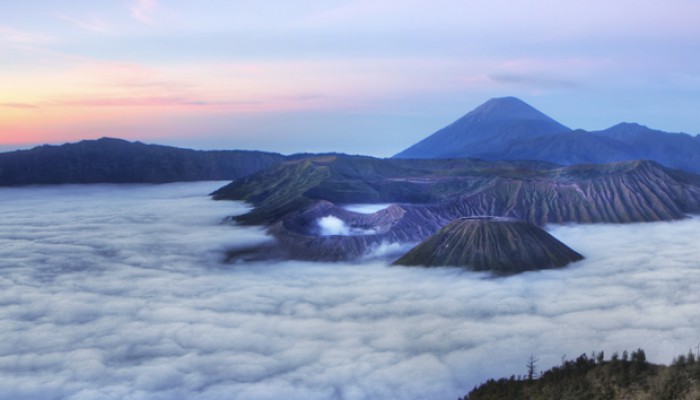So here is a question: why would anyone want to live in the vicinity of an active volcano? The risks are well known, with hazards arising from lava flows, lahars, ash falls, debris avalanches, and pyroclastic density currents, with many often having deadly consequences. But despite the danger, more than half a billion people live in the direct vicinity of volcanoes. Could it be that communities pr ...[Read More]
GeoCinema Online: Hazards
In this week’s GeoCinema Online, we’re taking you to regions of the world that have experienced large eruptions in both the recent and distant past. These films take you through what it’s like to live in an active volcanic area or fault zone, from dealing with disasters, to how scientists are working towards better methods of earthquake and eruption forecasting: Mayon: The Volcano Princess I ...[Read More]
Using social networks to respond to earthquakes
Effective responses to natural disasters require the rapid acquisition of information about where has been affected, how many people are in the affected areas and what the magnitude of the damage is. This information is critical in both disaster and emergency rescue management. Indeed, the first three days after the onset of a disaster has been dubbed the “72-hour golden rescue period”, after whic ...[Read More]

